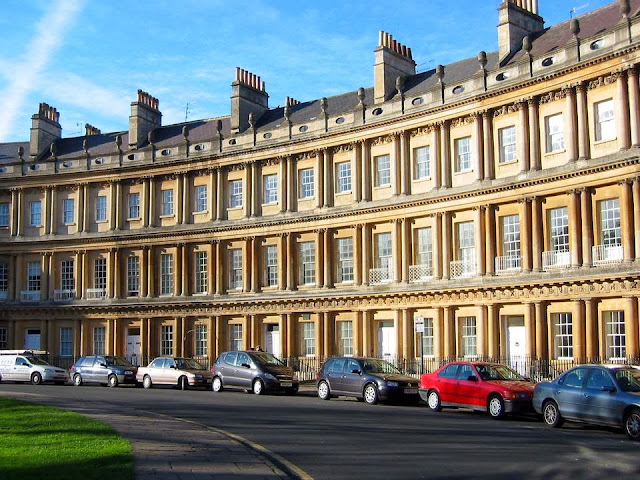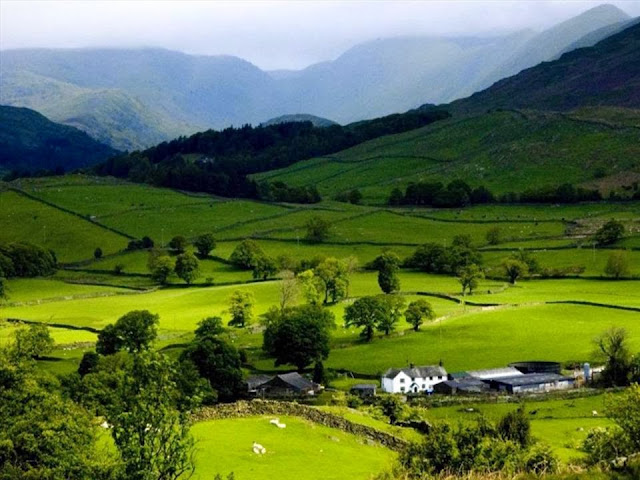Chester is one of England's
beautiful historic cities, located in the North West of England in the county
of Cheshire. The city became the largest port in the north west of England in
the Medieval period. The History of Chester can be dated back to the Romans who
named Chester Deva (pronounced Dewa) after the spirit of the River Dee. Roman
Chester was considered as important then as Londinium (London). The Romans
didn't just create a small fort here; they meant to stay, building a city for
their 20th Legion. The Romans built Chester as a strategic position at the center
of Roman Britain, with plans to sail from the River Dee to invade Ireland and
North Wales.
The Roman Amphitheatre ruins ruins in Chester were discovered in 1929
when a boiler room was being built underneath Dee House and a large
curved wall appeared. The Amphitheatre was built around 86 AD and could
hold an estimated 7,000 spectators. Beside the Amphitheatre stands a
shrine to Nemesis, Roman goddess of vengeance. it is the country's
largest in Britain (though only half of the structure has been
uncovered). It lies beside the Roman fort of Deva, and it served as an
entertainment center and training ground for troops stationed at the
fort.
| Roman Pillar Unearthed In Excavation |


















